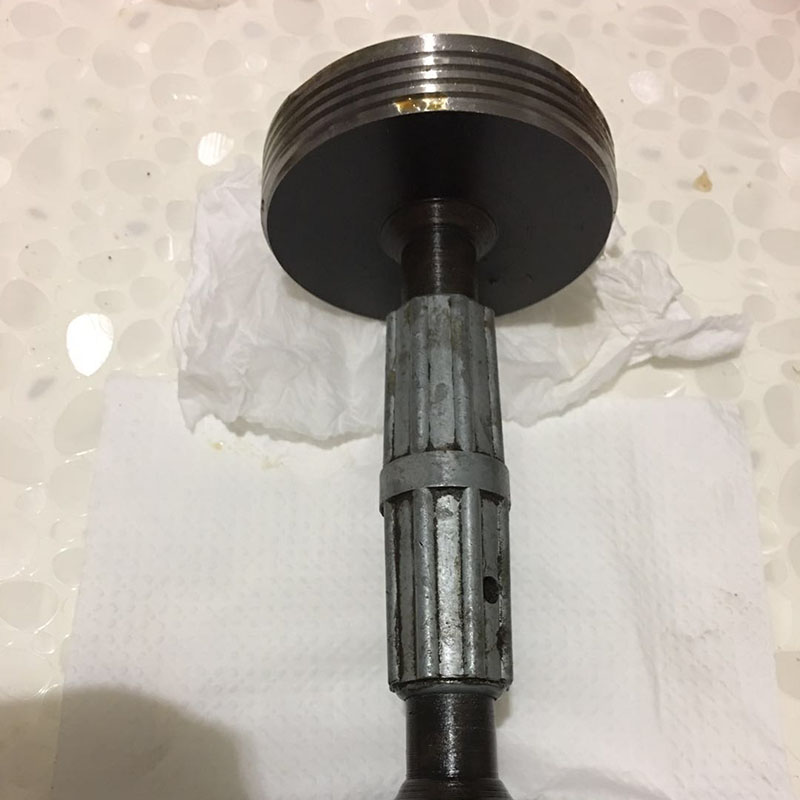9月 . 04, 2024 18:12 Back to list
pilot operated check valve
Understanding Pilot Operated Check Valves Function and Applications
Pilot operated check valves (POCVs) are specialized hydraulic components that serve a critical role in various industrial applications. They combine the functions of a check valve—preventing backflow—and a pilot valve, allowing for controlled flow in a hydraulic system. This unique combination enables them to maintain pressure and flow direction effectively, contributing to the overall efficiency and reliability of hydraulic circuits.
Functionality
At their core, pilot operated check valves consist of two main parts the check valve mechanism and a pilot control system. The check valve allows fluid to flow in one direction while blocking reverse flow. In contrast, the pilot mechanism controls the check function based on the pressures in the system. When the system pressure exceeds a predetermined level, the pilot allows hydraulic fluid to flow to the underside of the check valve, lifting the valve and permitting forward flow. Conversely, if the pressure drops or fluid attempts to flow backward, the valve closes, thus preventing reverse flow.
This design is particularly advantageous in hydraulic systems that require quick response times and the ability to prevent fluid loss. The activation of the pilot mechanism can be triggered by various control signals, making POCVs versatile for different applications.
Applications
pilot operated check valve

Pilot operated check valves are extensively used in mobile and industrial hydraulic systems. In construction machinery, for instance, POCVs are critical for maintaining the stability of hydraulic circuits, ensuring that hydraulic cylinders hold their position when not actively powered. In the manufacturing sector, they help in controlling the flow of fluids in processes like injection molding and metal forming, where precision is paramount.
Furthermore, POCVs can be found in hydraulic elevators and conveyor systems, offering safety features that prevent unintended drop or backflow of fluids, thereby enhancing operational safety. Their ability to maintain pressure in hydraulic circuits also leads to energy savings, as the system can operate more efficiently without the need for additional pumps or complex circuits.
Benefits and Considerations
The use of pilot operated check valves presents numerous benefits. They contribute to improved system efficiency, reduced energy consumption, and enhanced safety. However, selecting the right POCV involves considering various factors such as pressure ratings, flow rates, and compatibility with the system's fluid. Regular maintenance and inspection are also essential to ensure their reliability and performance.
In summary, pilot operated check valves are integral to modern hydraulic systems, providing both flexibility and superior functionality. Their ability to control flow and prevent backflow while maintaining system pressure makes them indispensable in a wide array of applications, thus paving the way for more efficient and safer industrial operations.
-
Precision Manufacturing with Advanced Spline Gauge DesignNewsJul.31,2025
-
Industrial-Grade Calibrated Pin Gauges for Exact MeasurementsNewsJul.31,2025
-
Industrial Filtration Systems Depend on Quality Filter DN50 SolutionsNewsJul.31,2025
-
High-Performance Gate Valve WholesaleNewsJul.31,2025
-
Granite Surface Plate The Ultimate Solution for Precision MeasurementNewsJul.31,2025
-
Granite Industrial Tools The Ultimate Guide for Bulk BuyersNewsJul.31,2025
Related PRODUCTS









